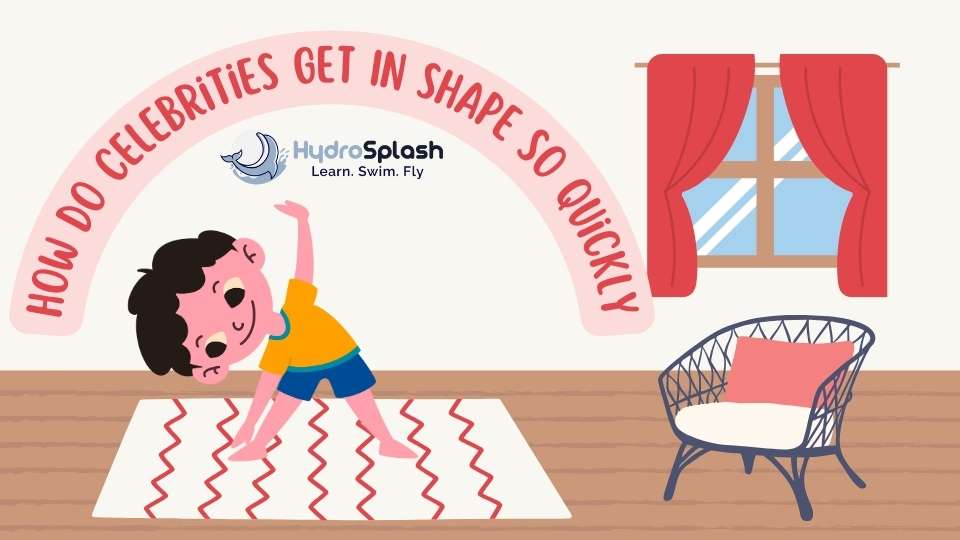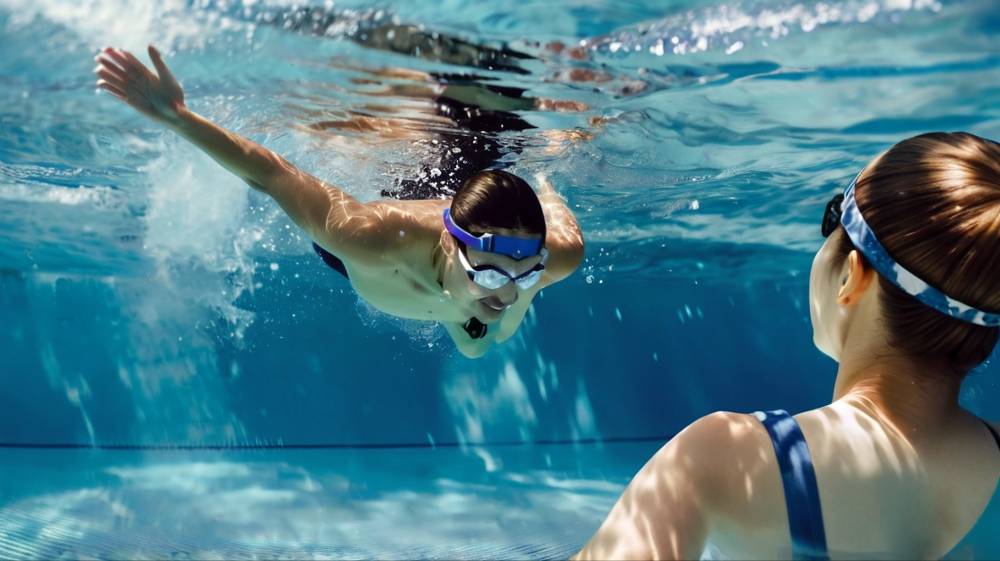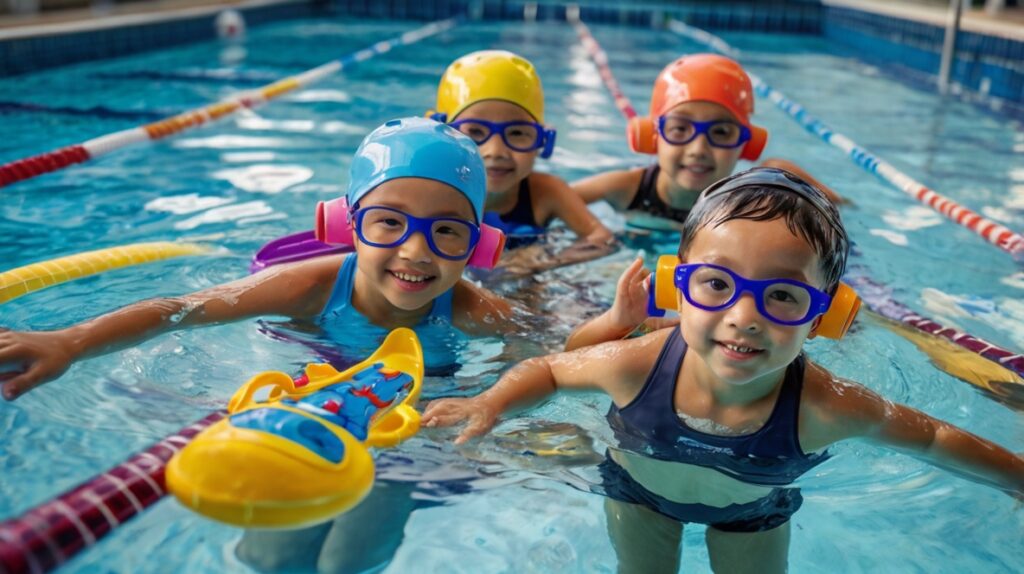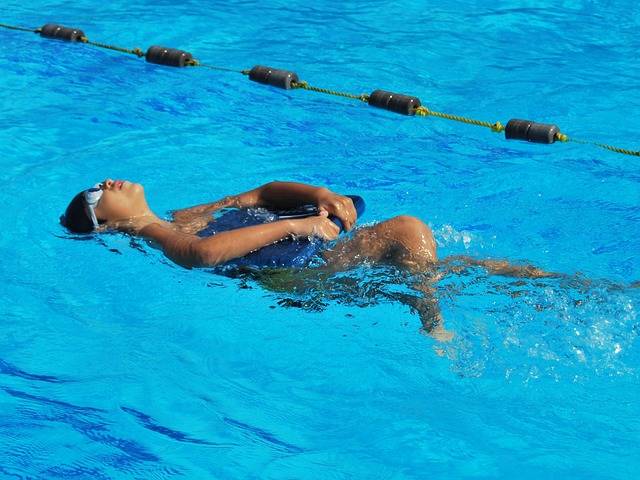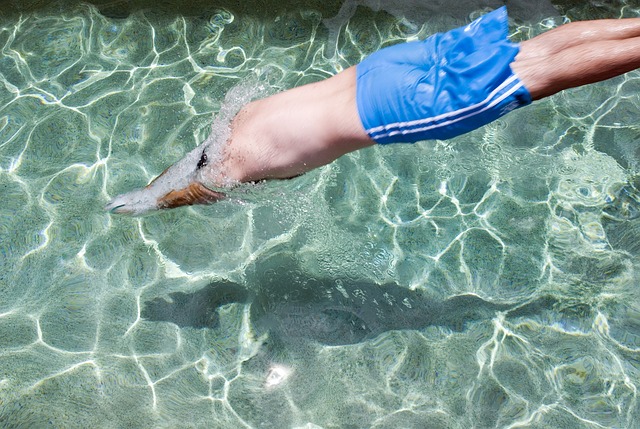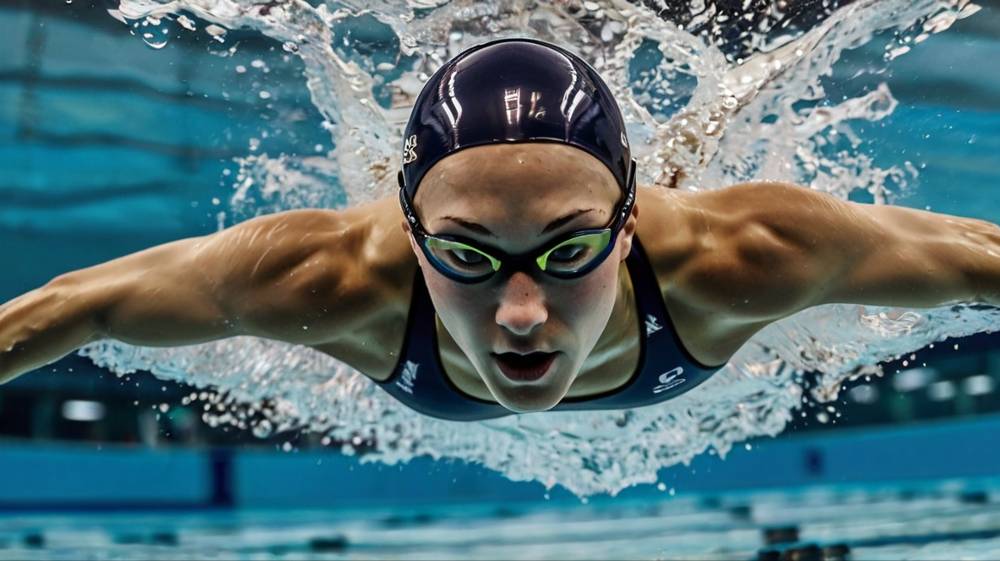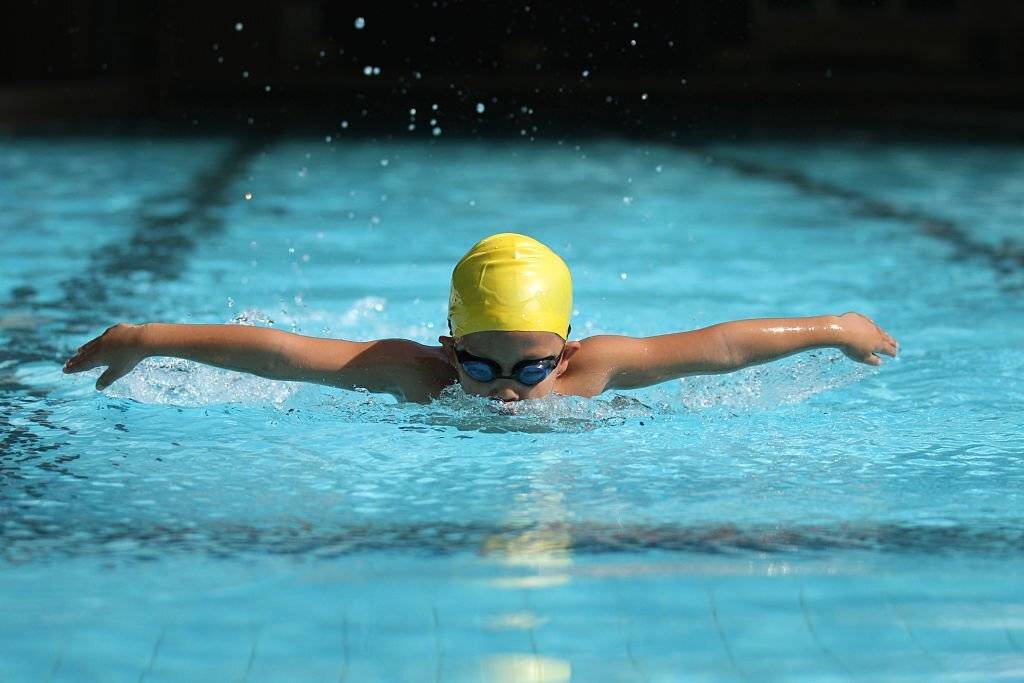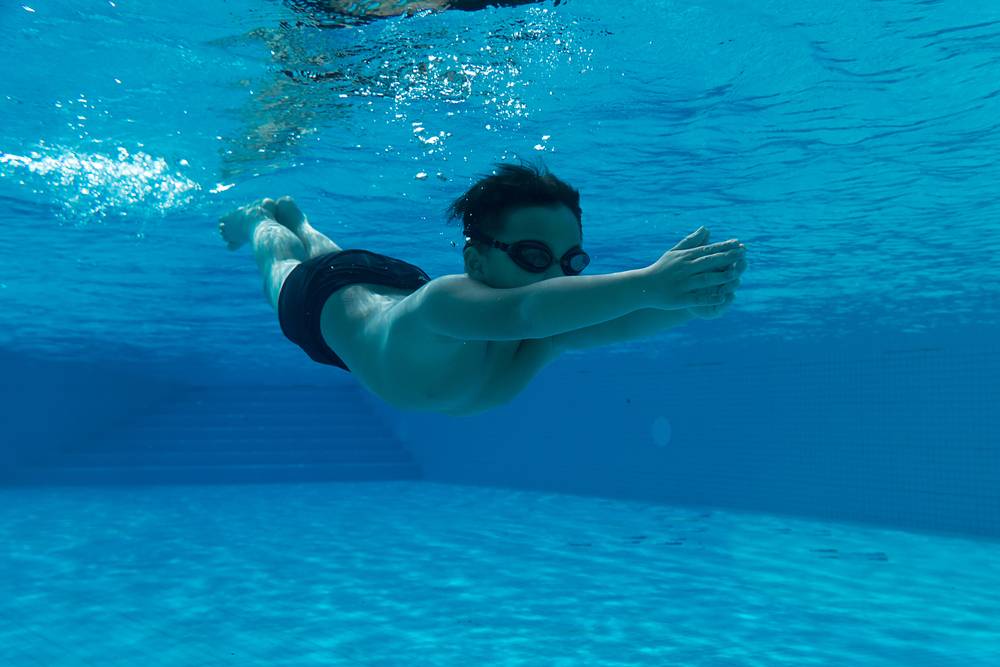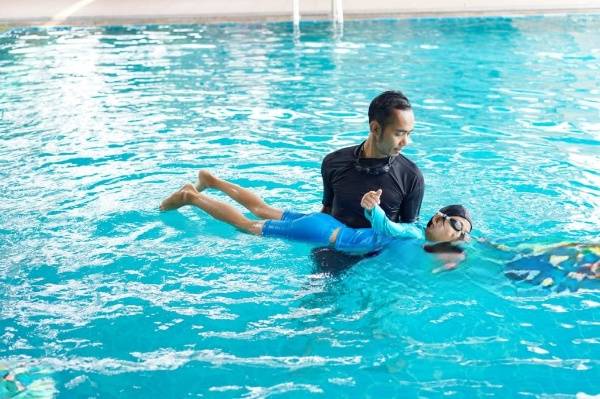How Do Celebrities Get In Shape So Quickly: Secrets to Achieving Results
How Do Celebrities Get In Shape So Quickly When it comes to transformations that seem almost magical, celebrities are in a league of their own. They appear on screen looking lean, toned, and radiant, often with minimal time between projects. So, what’s their secret to getting in shape so quickly? Is it some elusive fitness elixir, or is there more to it? Understanding the Celebrity Edge: Customized Fitness Plans to get in shape Celebrities rarely rely on cookie-cutter fitness programs. Instead, they invest in customized fitness plans designed to target their unique goals. These plans are created by elite trainers who consider factors like body type, fitness level, and role-specific requirements. Swimming, for instance, has become a preferred choice for many celebrities because of its low-impact yet highly effective nature. Not only does it build endurance and cardiovascular strength, but it also sculpts the body with fluid, full-body movements. A recent case study from the Singapore Sports Institute highlighted how tailored aquatic workouts significantly improved the strength and flexibility of participants within weeks. Nutrition as a Cornerstone of Celebrity Fitness The saying “abs are made in the kitchen” holds particularly true in the world of celebrity fitness. Celebrities often adhere to meticulously planned nutrition regimes. These plans prioritize lean proteins, healthy fats, and complex carbohydrates, ensuring sustained energy and recovery. Meal prepping is a staple. Celebrities often have personal chefs who prepare meals to exact caloric and macronutrient specifications. For those in Singapore, recent research by the Health Promotion Board revealed that individuals who follow balanced, portion-controlled diets see quicker results than those on extreme calorie deficits. Intensive Training for Swift Results Intensive training regimens are another hallmark of celebrity fitness. They include techniques like High-Intensity Interval Training (HIIT), circuit training, and swimming sprints. Swimming, in particular, stands out as a versatile workout that combines cardio and strength training in a single session. A study conducted by the National Institute of Education in Singapore demonstrated the effectiveness of swimming sprints in accelerating weight loss and improving overall fitness levels. These sessions are designed to challenge the body while providing ample recovery to avoid burnout. The Role of Recovery and Wellness Recovery plays a critical role in achieving celebrity-level fitness. With grueling schedules, celebrities prioritize wellness through practices like yoga, massage therapy, and adequate sleep. Swimming also contributes to active recovery by promoting muscle relaxation and reducing the risk of injury. In Singapore, the trend of using hydrotherapy for muscle recovery has been gaining traction. Facilities equipped with heated pools and therapeutic jets provide an added advantage for fitness enthusiasts aiming for quicker results. Mindset: The Driving Force Behind Celebrity Transformations Behind every celebrity transformation is a strong mindset. They often work closely with coaches and therapists to maintain focus and stay motivated. Visualization techniques, positive affirmations, and setting clear goals are tools celebrities use to stay on track. For everyday individuals, adopting a similar mindset can be equally transformative. Setting realistic goals and celebrating small victories fosters a sense of achievement and encourages consistency. Incorporating Celebrity Techniques Into Your Routine While not everyone has access to personal trainers and chefs, many aspects of celebrity fitness routines can be adapted. Start by identifying your fitness goals and creating a structured plan that includes swimming, strength training, and balanced nutrition. For those in Singapore, programs like HydroSplash Swimming offer personalized swimming lessons that cater to various fitness levels. Whether you’re a beginner or looking to refine your technique, these lessons can be tailored to help you achieve your goals. The Takeaway: Consistency Over Perfection The real secret to getting in shape quickly lies in consistency. Celebrities may have access to exclusive resources, but their dedication and discipline are what truly set them apart. By committing to a structured routine and making incremental changes to your lifestyle, you too can achieve remarkable results. If you’re ready to take the plunge into a healthier, fitter version of yourself, explore the offerings at HydroSplash Swimming. Their expert instructors and personalized Swimming Lesson programs provide the perfect starting point for your fitness journey. Start today and watch your transformation unfold! Click on the link to find out more about HydroSplash Swimming. Chat with our representatives today!About HydroSplash SwimmingAdult Swimming LessonPrivate Swimming LessonKids Swimming LessonWhatsapp Us

